Contact lenses have become a household staple for vision correction, offering a convenient and sometimes even fashionable alternative to glasses. However, proper hygiene and care are often forgotten when using contacts. To protect one’s vision, it is absolutely critical to maintain contact hygiene or serious complications may arise. In today’s article, we will discuss the ins and outs of contact lens care and hygiene while also offering a permanent and safer option to contacts: laser eye surgery.
How Contact Lenses Work
While not every contact is built the same, they all serve the same general purpose: to correct vision. Much like eyeglasses, contacts refract and focus light so that objects appear clear and crisp. Unlike with glasses, most contacts stick to the tear fluid resting on the eye, so they will naturally move with your eye. The benefit here over glasses is your periphery is easier to see than with glasses.
Contact Lens Types
Contacts come in various types, each addressing different needs. With very few exceptions, no contacts should ever be worn while sleeping.
- Soft Lens – The most commonly used type of contact is a soft lens contact. These contacts are made from gel-like, water-containing plastics called hydrogels. As these contacts are very thin, most find them to be comfortable and breathable. However, proteins and lipids can easily adhere to the lens, leading to a wonderful breeding ground for bacteria.
- Rigid Gas Permeable Lens – Unlike soft contact lenses, rigid gas permeable (RGP) contact lenses do not change their shape or orientation when you blink. They typically offer sharper vision than soft contacts but can easily be mistaken for the old hard contact lenses. Their largest downside is the learning curve in getting used to wearing RGP lenses, as they tend to not be comfortable until a few days to a week of wearing them consistently.
- Hard Contact Lens – The precursor to the RGP lens, hard contact lenses were made of polymethyl methacrylate. These lenses do not allow oxygen transfer into the cornea resulting in damage to the cornea. Thankfully, these contact lenses are obsolete.
- Disposable Contact Lens – Disposable contact lenses are soft lens contacts that are discarded on a routine basis, either daily, weekly, bi-weekly, or monthly. So long as one follows the disposal plan, bacteria damage to the eye can be minimized. Note that the disposal plan is not a recommending plan, it is required for healthy hygiene and ultimately clean, undamaged eyes.
- Extended Wear Contact Lenses – Extended wear contact lenses are either soft lens or RGP contacts designed for continuous wear, even while sleeping. While the convenience is nice, there are some very notable risks as sleeping in these contacts greatly increases the risks of infections, corneal ulcers, and abnormal blood vessel growth within the cornea. Some doctors don’t even recommend these contacts for their heightened risks.
- Toric Contact lens – Toric contact lenses are designed to correct astigmatism. They are available in both major types of contact lenses – soft and gas-permeable designs. To correct a patient’s astigmatism, these lenses have one power that is vertical and the other that is horizontal. With a weight at the bottom of the contact, they will typically rotate within a few minutes of wearing. However, these contacts are much more difficult to fit and get comfortable.
- Multifocal Contact Lens – Like progressive or bifocal glasses, multifocal contacts are designed around correcting multiple fields of vision. Available in both gas-permeable and soft versions, these contacts allow people to see both near and far. While there are more choices than ever before, some individuals have issues adapting to these contact lenses.
- Monovision Contact Lenses – Another method your doctor may offer you is monovision correction. Rather than the contacts each correcting near and far, one contact will be prescribed for distance and the other for either intermediate or near vision. Monovision correction is also common in laser vision surgery and used with great success.
- Scleral Contact Lens – Scleral contact lenses are large contacts that rest on the sclera, the white part of your eye. These lenses create a tear-filled vault over the cornea and are designed to correct certain medical conditions like keratoconus.
- Orthokeratology – Another night-based contact lens, Ortho-k contacts temporarily reshape the cornea while we sleep. This process takes 2 to 3 weeks to fully take effect. Though the vision correction achieved is stable, sometimes lasting a day or two, the effect is not permanent and adapting to this rigid lens can take time.
Hygiene, Hygiene, Hygiene
Look, we know it is easy to fall asleep in your contacts. However, we also know just how dangerous poor contact hygiene is. We’re talking blindness and bacteria eating your eye. No, don’t laugh it off simply because you do it all the time and have never had an issue, it takes one night and that’s it. You’ve just been lucky up until now, do you really want to risk your eyesight for 30 seconds of convenience and laziness?
Keratitis, an infection of the cornea, is a common complication of poor contact lens care. Blurry vision, dry eye, pain, discharge, sensitivity to light, foreign body sensation, and overly tearing of the eyes are all signs you’ve developed keratitis. Left untreated, keratitis can lead to partial and even total vision loss. The best way to avoid keratitis is to skip contact lenses altogether. However, handwashing before contact use, disposing of contacts on schedule, taking contacts out at night, and using FRESH contact lenses solution every day can greatly reduce the risk of developing an infection. Also, don’t forget to replace your contact lens case every three months.
The easiest way to avoid contact complications? Just get laser vision surgery. Over the long term, it is more cost effective, and its risks are far fewer than daily contact use.
Wait, is LASIK Actually Safer than wearing Contacts?
Yes. Aside from improper contact lens use, contacts are the leading cause for trauma to the eye. Contact wearers are more likely to develop conjunctivitis, infections, corneal ulcers, abrasions, and inflammation. Because contact wear becomes routine, it is easy to accidentally skip a step in the hygiene process. It is also just as easy to be bumped and scratch your eye when putting them in. Why not save yourself the risk and money and schedule a consultation with your eye doctor? The convenience of contacts is nice, but laser eye surgery far exceeds it in this category. The best part? You’re able to return to mostly normal activities the day after surgery.
Conclusion
Healthy, happy eyes is our focus. While contacts have become commonly used, they aren’t the safest way to see your best. While contacts are an incredible piece of technology, they require focused upkeep and care. For those seeking a permanent solution, and a few extra minutes of sleep in the morning, laser eye surgery presents a compelling, safer alternative. Schedule your consultation today to free yourself from the daily risks of contact lens wear.




